The construction industry in Nigeria is one of the most dynamic yet challenging sectors, requiring precision, efficiency, and rigorous safety measures. With technological advancements, drone construction site monitoring has emerged as a tool that seeks to transform project management, safety inspections, and progress tracking. Drones, also known as Unmanned Aerial Vehicles (UAVs), provide real-time insights through high-resolution imaging, thermal scans, and aerial mapping, offering construction professionals an edge in site supervision.
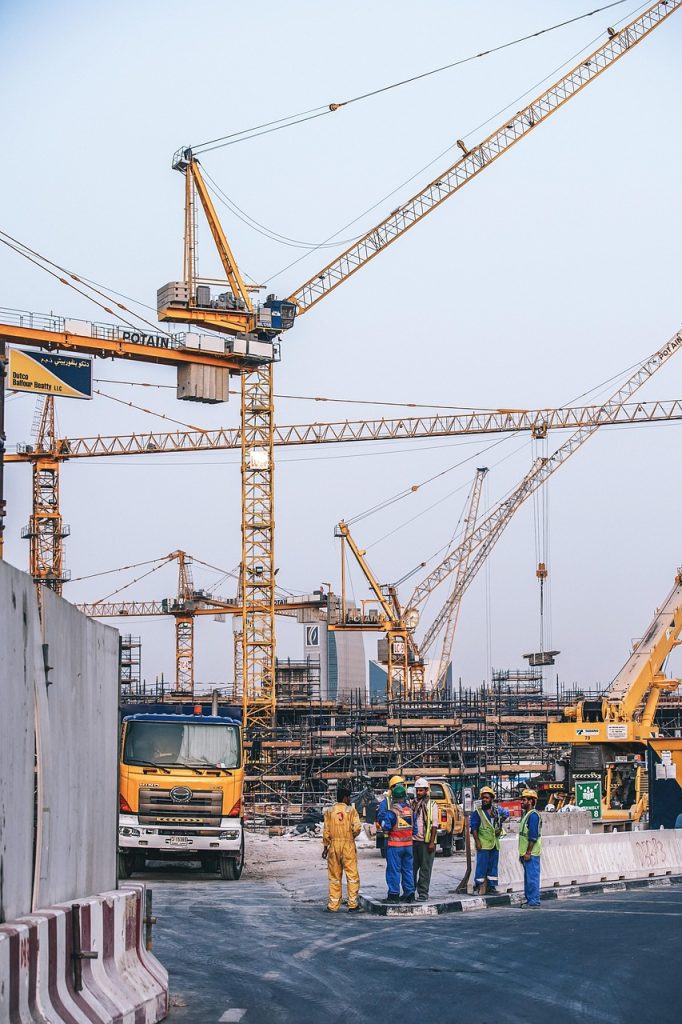
Many project managers hesitate to adopt drone monitoring due to investment costs. However, the long-term benefits far outweigh the expenses. By examining real-world cases within Nigeria, we will explore why drone monitoring matters and how it can revolutionize construction site management.
TABLE OF CONTENT
What Is Drone Construction Site Monitoring?
Drone construction site monitoring refers to the use of aerial drones equipped with high-definition cameras, GPS, LiDAR sensors, and thermal imaging to oversee and manage construction projects. These drones provide accurate data, allowing construction managers, engineers, and site inspectors to make informed decisions regarding project progress, safety compliance, and resource allocation.
The Lagos-Ibadan Expressway project, one of Nigeria’s busiest highways, has faced delays and mismanagement over the years. Traditional monitoring methods involved manual site inspections, which were time-consuming and often inaccurate.
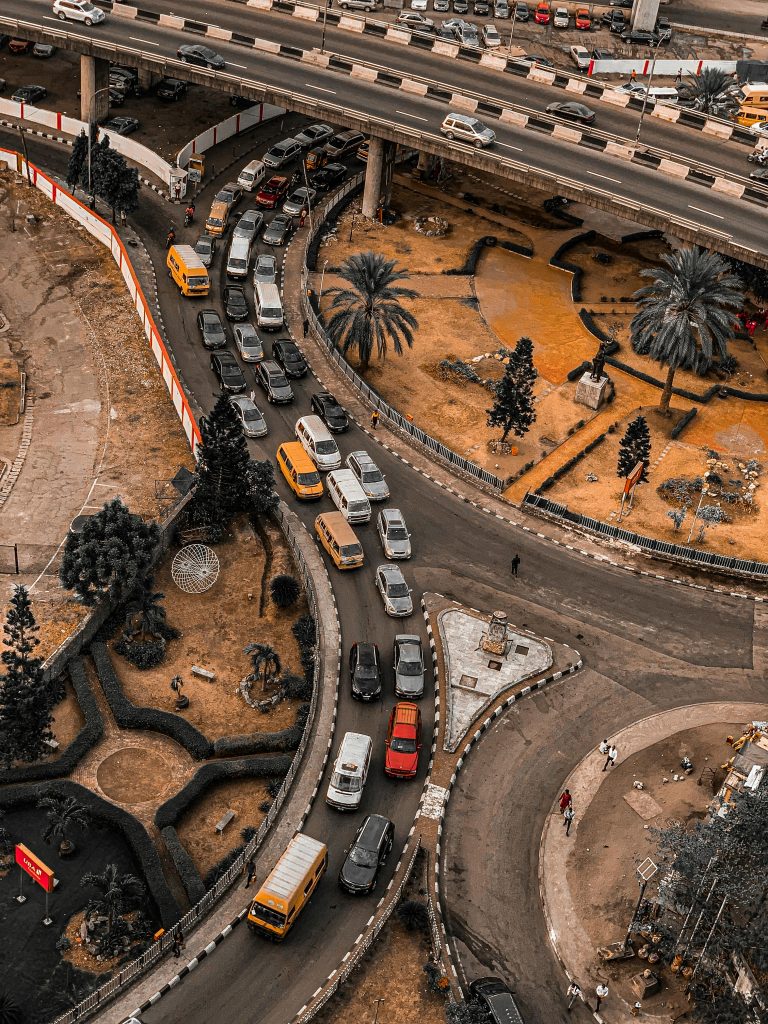
If drones had been deployed, they could have provided real-time aerial mapping, detecting delays and bottlenecks in construction while ensuring transparency with government agencies and stakeholders.
Traditionally, monitoring construction sites required manual surveys, scaffold inspections, and periodic site visits, which were time-consuming and prone to human errors. Drones, however, have automated this process by providing real-time footage, detailed topographic maps, and 3D modeling with minimal human intervention.
Challenges on Construction Sites and the Need for Effective Monitoring
Construction sites in Nigeria often face numerous challenges that can hinder project completion, escalate costs, and compromise safety. These challenges range from inaccurate site surveys to poor project oversight, inadequate quality control, and safety hazards. Without proper monitoring, projects can suffer from inefficiencies, delays, and increased risks. Below, we explore these challenges in detail and highlight how drone technology can help mitigate them.
Site Surveying and Mapping
One of the first steps in any construction project is site surveying and mapping. Traditionally, surveyors use manual techniques, such as total stations and ground-based GPS, to collect data on land elevations, boundaries, and topography. However, this process can be slow, labor-intensive, and prone to human errors. In Nigeria, where construction projects often take place in difficult terrains or remote areas, manual surveys can be further hindered by accessibility issues.
For instance, in a large-scale housing project in Abuja, surveyors spent weeks measuring and mapping the site before construction could begin. Errors in land measurements led to disputes over land boundaries and required costly revisions to project plans. If drones had been used, they could have mapped the entire area within hours, providing highly accurate 3D terrain models and aerial maps, ensuring better planning and reducing delays.

Drones equipped with LiDAR sensors and high-resolution cameras can quickly scan large construction sites, generating precise topographic maps. This technology ensures that engineers have accurate site data, helping them plan excavation, drainage systems, and building foundations more efficiently.
Progress Monitoring and Reporting
Keeping track of a construction project’s progress is crucial to ensuring that timelines are met and budgets remain within control. Many Nigerian construction projects face challenges due to poor tracking systems, leading to delays and mismanagement. Traditionally, site supervisors rely on periodic physical inspections and reports from contractors, which can be inaccurate or outdated.
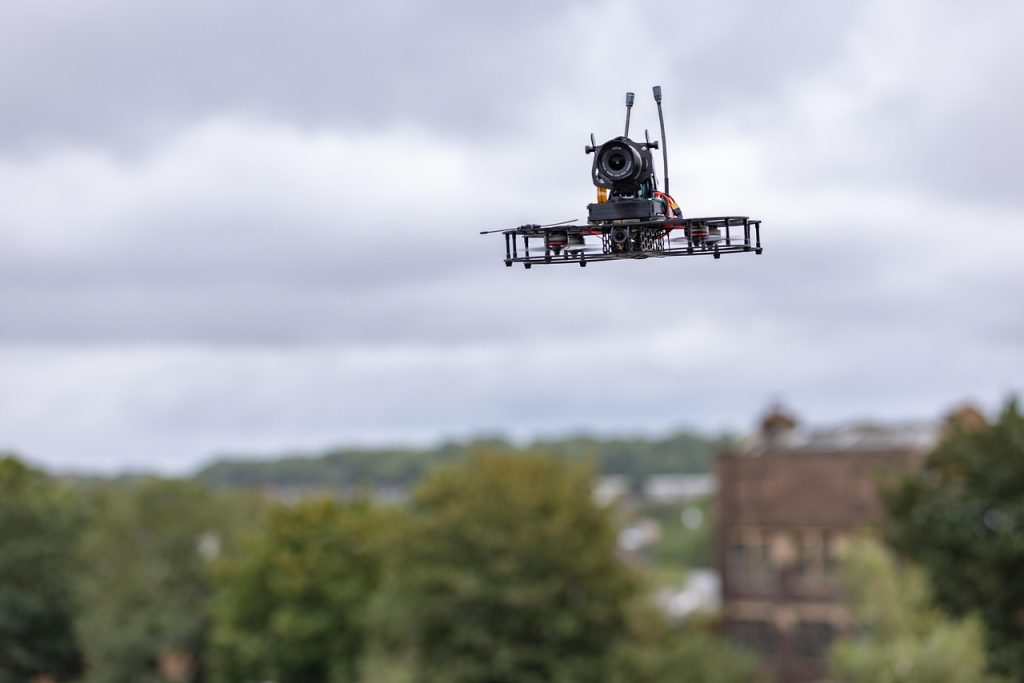
Consider a construction project that was scheduled to be completed within 18 months, but due to inefficient tracking, critical milestones were missed, leading to cost overruns and public frustration. The lack of real-time visibility made it difficult to pinpoint bottlenecks and enforce accountability.
Drones provide solutions to this by capturing aerial images and videos of the site regularly. With time-lapse videos and progress reports generated from drone data, project managers can compare planned work against actual progress, identify delays early, and take corrective measures. This level of transparency ensures that stakeholders, including investors and government regulators, have real-time updates on project status.
Safety and Hazard Detection
Construction sites are high-risk environments where accidents can lead to severe injuries or even fatalities. Falls from heights, machinery accidents, and structural collapses are common hazards in Nigerian construction projects. Many safety inspections rely on manual checks, which are time-consuming and may not identify hidden dangers.
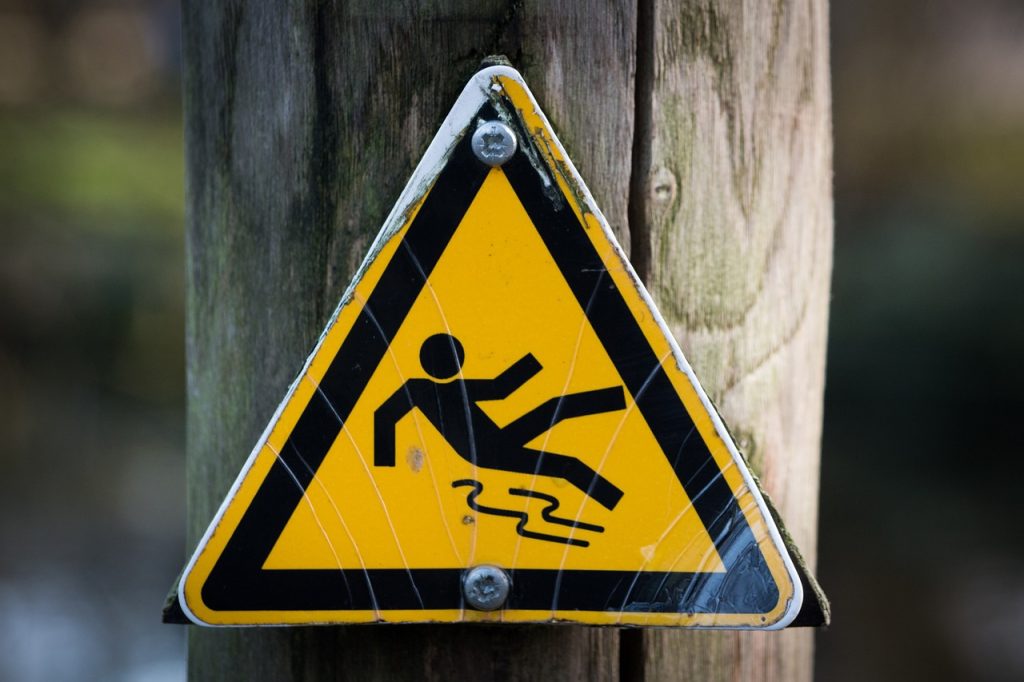
A case in point is a commercial building project in Port Harcourt, where a section of scaffolding collapsed, injuring several workers. An investigation revealed that the structure had weakened over time, but the issue went undetected due to the lack of regular safety inspections.
With drones, safety inspections become more efficient and comprehensive. Drones equipped with thermal imaging cameras can detect overheating machinery, electrical faults, and weak structural points before they cause accidents. Additionally, drones can be used to monitor worker safety, ensuring that employees adhere to safety regulations, such as wearing protective gear and following proper procedures. This proactive approach significantly reduces the likelihood of accidents and improves overall site safety.
Quality Control and Inspection
Ensuring the quality of construction work is essential for long-lasting and structurally sound buildings. However, quality control is often overlooked due to tight project deadlines, lack of proper inspections, or reliance on outdated methods. In many cases, substandard materials or construction techniques go unnoticed until serious issues arise.
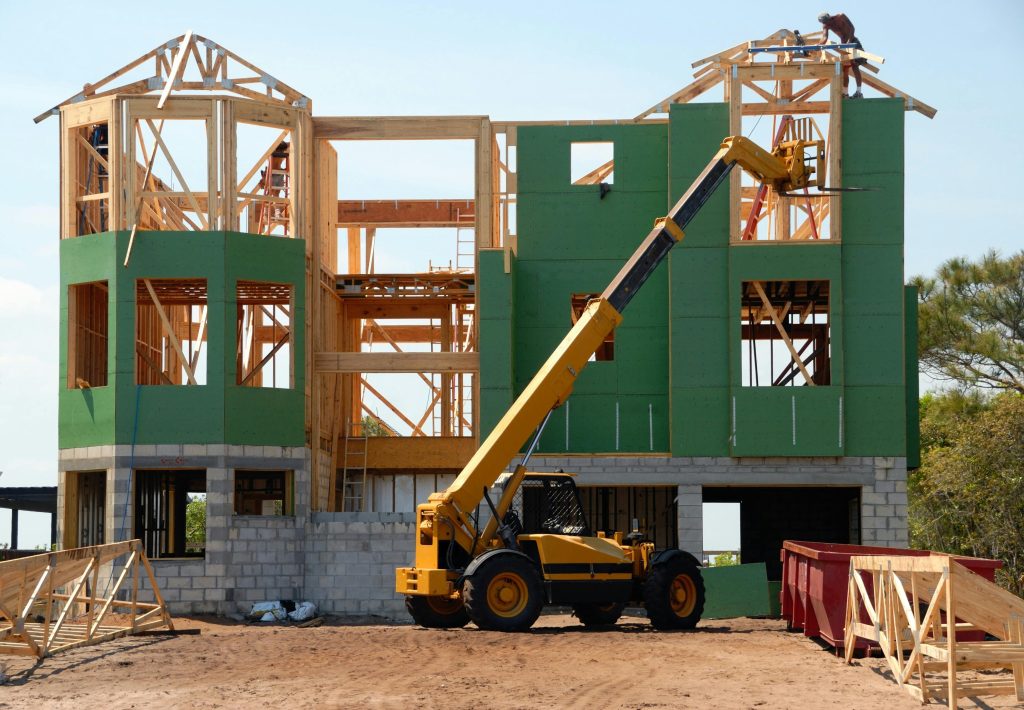
In a residential estate project, developers faced complaints from homeowners about cracked walls and sinking foundations just months after completion. Upon investigation, it was discovered that the contractors had used low-quality cement and had not properly compacted the soil before construction.
Drones provide a reliable method for quality control by capturing high-resolution images that can detect cracks, alignment issues, and inconsistencies in construction. Engineers can use drone footage to inspect hard-to-reach areas without the need for scaffolding or ladders. By integrating drones into quality control inspections, construction managers can catch defects early, preventing costly repairs and ensuring high building standards.
Structural Integrity Monitoring
Even after construction is completed, monitoring the structural integrity of the building is crucial to ensure their long-term safety and stability. In Nigeria, many public infrastructure projects suffer from poor maintenance, leading to structural failures and potential disasters.
A tragic example is the collapse of a high-rise building in Ikoyi, Lagos, in 2021. Investigations revealed that the building had structural defects that went undetected, ultimately leading to its catastrophic failure. If drones had been used for periodic inspections, engineers could have identified weaknesses in the building’s framework and recommended reinforcement measures before the collapse occurred.
Drones equipped with sensors can conduct regular structural assessments, detecting cracks, shifts, and material fatigue in real time. This technology is particularly useful for monitoring bridges, flyovers, and high-rise buildings, where traditional inspections may be difficult or risky. By incorporating drone-based monitoring into maintenance plans, project managers can extend the lifespan of infrastructure and prevent tragic incidents.
Why Does Drone Construction Site Monitoring Matter?
The integration of drone technology in construction offers several benefits that enhance productivity, safety, and efficiency.
Enhanced project oversight
Enhanced project oversight is one of the biggest challenges in Nigerian construction management. Drones provide aerial site views, enabling project managers to oversee every aspect of the site in real time. Regular drone flights allow for time-lapse video documentation, helping teams compare planned versus actual progress. Quality assurance is also improved as drones detect structural defects and discrepancies in alignment before they become costly issues.
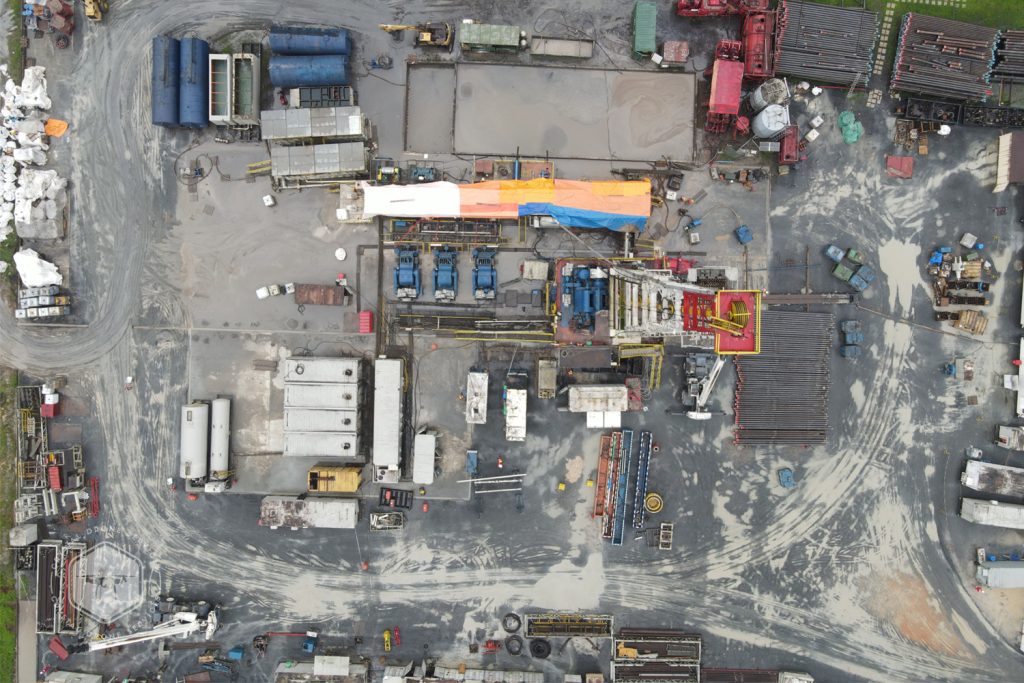
Safety measures
Safety risks on construction sites can be significantly reduced with drone technology. Instead of climbing scaffolding or cranes for inspections, drones provide a safer alternative. Thermal imaging can detect electrical faults, leaks, and overheating machinery that could pose fire hazards. Drones can also be deployed quickly to assess accidents and guide rescue operations.
Accurate Data Collection
Accurate data collection is another critical benefit of drone monitoring. With advanced sensors, drones provide high-resolution imaging, generate 3D models, and help calculate material stockpiles, excavation volumes, and land grading needs. Compared to traditional surveying and site inspections, drones offer a faster, more cost-effective solution. They complete full-site surveys in minutes compared to days using conventional methods. Additionally, minimizing the need for on-site personnel to conduct manual inspections significantly reduces labor costs.
Conclusion
Drone construction site monitoring is no longer a futuristic concept but a present-day necessity. By offering improved efficiency, enhanced safety, and precise data collection, drones have become indispensable in modern construction management. Despite challenges, the continuous evolution of drone technology promises a future where construction projects are safer, smarter, and more cost-effective.
If you’re in the construction sector,imagine what it would mean to monitor construction sites remotely and detect issues before they cause delays, and capture breathtaking aerial footage that sets your real estate, hotels and events apart.
This is what we do at Crystal Drone Services.
We have carried out over 100+ construction monitoring on sites for in the last 5 years, and we are eager to take your help you work smart, see clearer, and save more.
Contact us NOW to get started.
